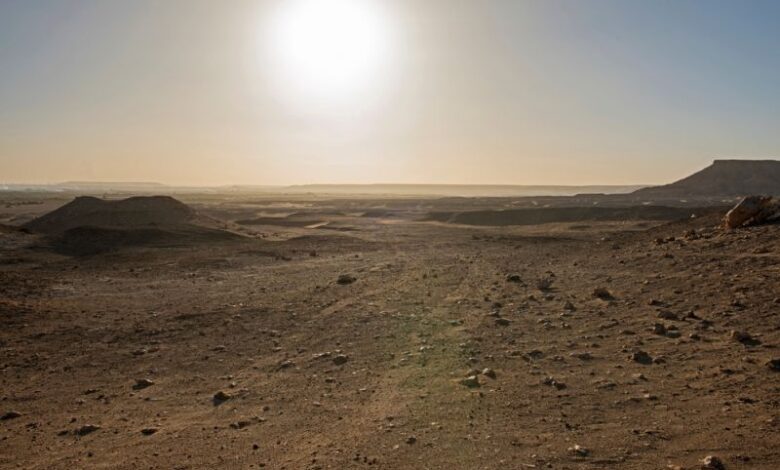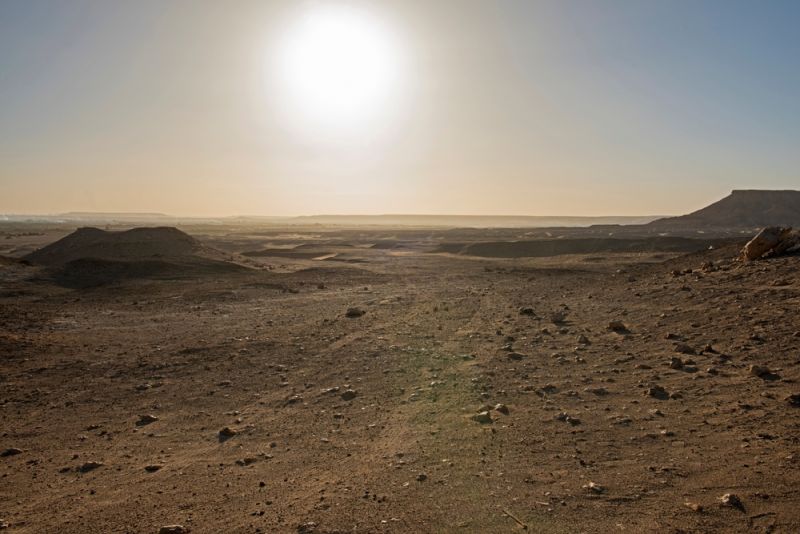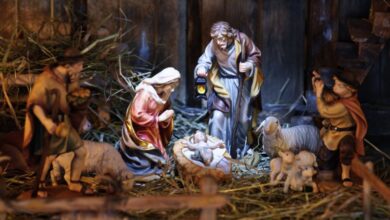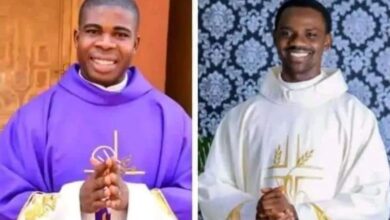St. Anthony of the Desert, a father of monasticism and co-patron of animals

 null / Credit: Paul Vinten/Shutterstock
null / Credit: Paul Vinten/Shutterstock ACI Prensa Staff, Jan 17, 2024 / 12:15 pm (CNA).
St. Anthony of the Desert was born in Egypt on Jan. 12, 251, into a family of wealthy farmers in the Heracleopolis Magna, which was a part of Egypt that was assimilated into the Roman Empire.
When he was about 18 or 19 years old, Anthony was at Mass when he heard the Gospel of St. Matthew being read and was captivated by the words of Jesus: “If you want to be perfect, go and sell all that you have and give to the poor” (Mt 19:21).
The desert: dying to the world and living in Jesus Christ
When Anthony was 20 years old his parents died, and he decided to put into practice the command of Jesus that had marked his soul. He distributed his inheritance among the poor and went into the desert where he lived as a hermit, in complete solitude, dedicated to penance and a life of prayer.
For years he lived in a hermitage that he himself built, which was described as being in a pit located next to a cemetery. This “closeness to death” — as he liked to think of it — awakened in his heart many reflections on the life of Jesus. He often contemplated the truth about Jesus, the conqueror of death. Some of these reflections were put down in writing and providentially have survived the passage of time.
Father of monasticism and defender of the faith
Anthony, who goes by many titles — Anthony of Egypt, Anthony the Abbot, Anthony the Anchorite, Anthony the Hermit, Anthony of Thebes, and Anthony the Great — founded communities of men with similar callings to his own, seekers of God in renunciation of the world. Many of these monks lived the same ascetic style in the desert.
For this reason, St. Anthony of the Desert is considered one of the precursors of monasticism, if not the initiator per se. The form of monastic life that he put into practice spread widely during the first millennium of Christianity, leaving an indelible mark on the history of the Church. According to St. Jerome of Stridon (342–420), Anthony also knew St. Paul the Hermit, an Egyptian anchorite who lived in the desert of Thebes.
Today, after centuries, desert monasticism still exists in various parts of the world.
St. Anthony, together with St. Athanasius, was also known for his defense of the Christian faith and the doctrine against Arianism, the heresy that denies the divinity of Jesus Christ and compromises the nature of the Holy Trinity.
St. Athanasius of Alexandria (328–373) said of Anthony: “He prayed very often, since he had learned that it is necessary to withdraw in order to be constant in praying: Indeed, he paid so much attention to reading that he retained everything he had read, to such an extent that a time came when his memory supplanted the books.” Then he added: “All the inhabitants of the place, and all the honored men, whose company he frequented, seeing his conduct, called him ‘friend of God’; and all loved him as a son or as a brother.”
‘He who does not work, let him not eat’
St. Athanasius, who knew St. Anthony and later wrote about his life, said this about the desert monk:
“He [Anthony] worked with his own hands, for he knew the Scripture saying: ‘He who does not work, let him not eat’ [2 Thes 3:10]; what he earned from his work he gave partly to his own sustenance, partly to the poor.”
In Christian tradition and culture, work dignifies man and shapes his spirit. Through work, human beings become God’s cooperators in the great work of creation. Anthony internalized these truths to perfection.
Patron saint of animals
St. Anthony died in 356, on Mount Colzim, near the Red Sea, at the age of 105. He is venerated as the patron saint of basket weavers, brush makers, and butchers as well as of cemeteries. He is also known as the “co-patron” of animals, sharing the title with St. Francis of Assisi. For a long time at the Vatican, a blessing of animals has been celebrated on Anthony’s feast day of Jan. 17.
Two stories support this patronage: At the death of Paul the Hermit, Anthony was the only one there who could bury him; however, conditions were difficult and he had no one to help him. Suddenly, in the middle of the desert, two lions appeared, accompanied by other animals that helped the saint dig the hole where he would place the remains of St. Paul.
The second story has to do with a wild pig that he found near his hermitage whose offspring were all born blind. After St. Anthony took pity and cured them, the mother pig followed him everywhere as a faithful guardian and never left his side.
These stories inform a rich iconographic tradition that often depicts St. Anthony accompanied by a wild boar. Brilliant painters such as Michelangelo, Tintoretto, Teniers, Bosch, Cézanne, and Dali made St. Anthony the subject of many magnificent works.
This article was originally published by ACI Prensa, CNA’s Spanish-language partner, and has been translated and adapted by CNA.





